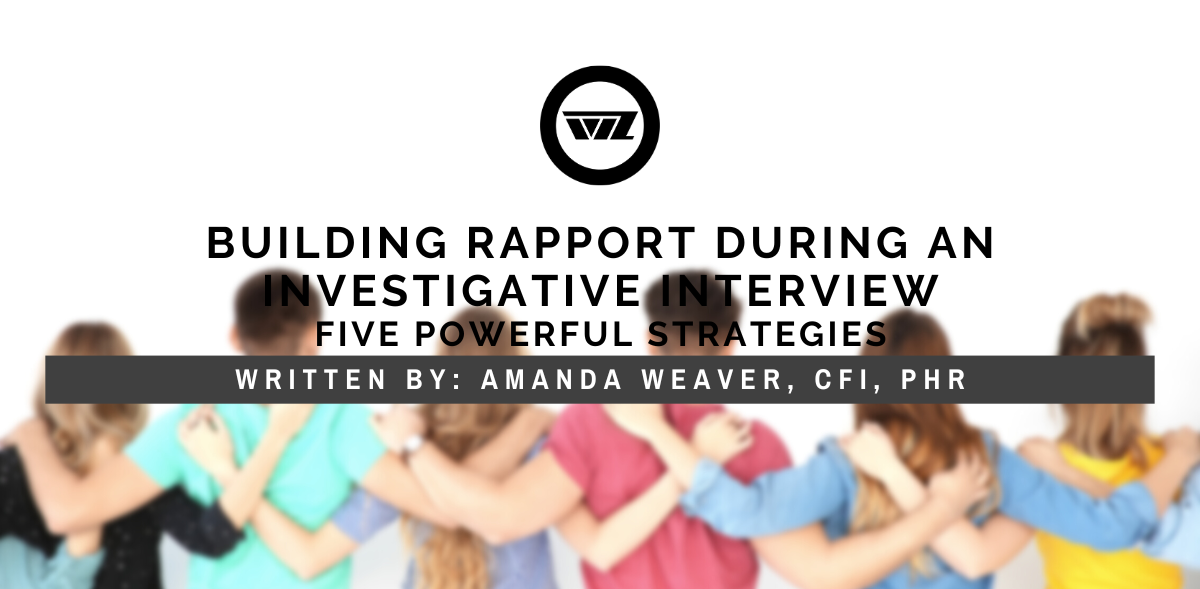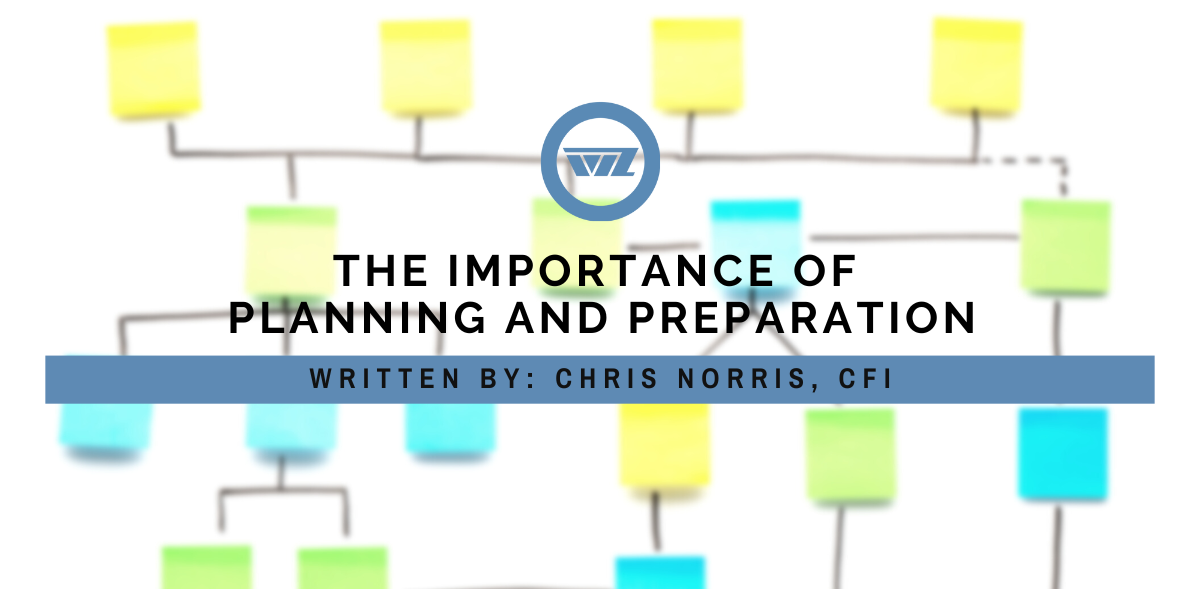Another day, another audit. The routines of compliance or auditing professionals may seem very rigid, full of checks and balances, checkmarks and scores; sometimes even the announcement that an auditor is onsite will cause a location or department to completely derail from their current focus and scramble to satisfy all of their required tasks to remain compliant. However, there is more to compliance than pass or fail and those in the profession have a great understanding for the weight of their role. Whether it is to maintain compliance in accordance with DEA protocols for the control of pharmaceuticals, comply with OSHA standards for the safety of their employees and customers or monitor workplace efficiencies to ensure a profitable business; auditors play a major role in sustainability.
The best return on investment for an audit is not by providing a score, but instead by recognizing training opportunities or negligence by employees and reacting accordingly. The task of separating the two is sometimes difficult, and often a question that is asked by operational partners. “Were they trained incorrectly?” or “Did they intentionally ignore procedure?”
Ultimately, if an error is identified through the course of an audit there are generally three potential causes of such error; training was insufficient, laziness of the responsible individual, or an integrity issue. All three have the potential to result in loss to the bottom line, but may have different approaches in their resolution.
At Wicklander-Zulawski & Associates, we often utilize an interviewing approach, the participatory method, which helps distinguish the truth from any other variation of an answer the employee may provide. We know that if an employee is presented with a failure on an audit or compliance requirement, they often respond with “I didn’t know that was wrong” or “this is the way I have been trained”. Although sometimes this may be true, the goal of the participatory approach is to help identify that response with more accuracy.
Understanding some auditors or compliance officers will conduct a “field interview” whereas others may be responsible for a more intimate one-on-one interview, this method can easily apply to both. The general concept of the participatory approach is to withhold the evidence which is known to the interviewer (process error, falsified paperwork, etc.) and by doing so allows the subject to commit to levels of understanding of a process or procedure with minimal resistance.
A successful participatory approach is strategized and prepared prior to the conversation actually taking place. When planning to utilize this approach, the interview should reverse engineer the process, by anticipating what the possible explanations or excuses the subject may have. To illustrate this process, we can take a simple example of an auditor identifying that an employee has not been consistently signing off on cash deposits. Assuming this is a requirement, auditors now may have several options of disposition at this point. One, an auditor may fail the question and report it to the operational team with little or no contact with the responsible party. Secondly, an auditor may immediately resort to retraining the team with hope that the mistake will not happen again. The third option, and the one advocated here, is a brief conversation with the responsible party to determine their knowledge of the process and therefore identify the proper path to take next.
If the auditor takes this third approach, but immediately questions the subject on their knowledge of the cash deposit process, they would be advertising the goal of the interview therefore causing the subject to make an excuse anticipating they are about to be accused of wrongdoing. Because of this mentality, the participatory approach is used. The auditor would have strategized this interview and identified different topics that may be relevant to the cash deposit process. The conversation would begin with the least related topic to the issue of concern. In this example, the auditor may begin the conversation discussing the background of the employee including topics such as hire date, typical job duties or regular tasks they may get involved in. The auditor, while concealing the direction of the conversation, would then logically move into another topic that brings them closer to the cash deposit. Questions regarding how other processes or procedures work will allow the subject to prove their knowledge of areas of the business. Because the surrounding topics would not cause a fear to the subject, the likelihood of them speaking truthfully is increased. As the conversation strategically and logically progresses into the cash deposit process, the subject is committed to answering truthfully as they have throughout the conversation. This will then allow the interviewer to determine if the subject has limited knowledge on processes and needs to be retrained or if the subject understands the procedures but instead was negligent in performing their duties. With this knowledge, the auditor can now make a well-informed decision on how to proceed.
This technique, although abbreviated in the above example, is used in a variety of investigations and interviews across a broad range of organizations. The ultimate goal is to clarify the truth for the interviewer by eliminating subject excuses, locking them into an alibi and therefore allowing them to participate in supplying potentially incriminating information.
Auditors and compliance officers that have utilized this technique have found a greater return on investment for the jobs they perform by contributing this information and disposition to their organizations. By identifying if the cause of the error was intentional, ignorance or unawareness it allows the appropriate resolutions to follow suit. Anytime in which we can find the least resistant path to the truth will enable all of us to complete our jobs more effectively and ultimately produce better results.
David Thompson, CFI, is the President of Wicklander-Zulawski & Associates, Inc. (WZ). He is responsible for the day-to-day operations of WZ, as well as strategic planning and the evolution of interview and interrogation content. David has also served as the Director of Investigations giving him the opportunity to manage a variety of cases while conducting interviews and consulting on investigations ranging from theft and fraud to sexual harassment and homicide. As a speaker for WZ, David has created customized training programs, presented at seminars, hosted a variety of webinars as well as conducted live broadcasts of training.





August 10, 2019, 12:12 pm
Pretty! This was a really wonderful post. Thanks for supplying this info.
October 14, 2019, 4:48 am
I am sure this paragraph has touched all the internet people,
its really really good article on building up new blog.
January 13, 2020, 11:05 pm
Hi there! Someone in my Facebook group shared
this site with us so I came to check it out. I’m definitely enjoying the information. I’m
book-marking and will be tweeting this to my followers! Wonderful blog and superb design.